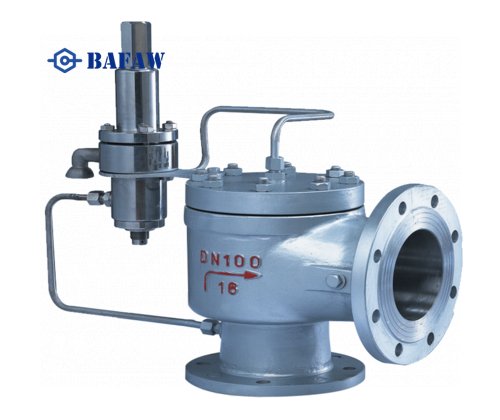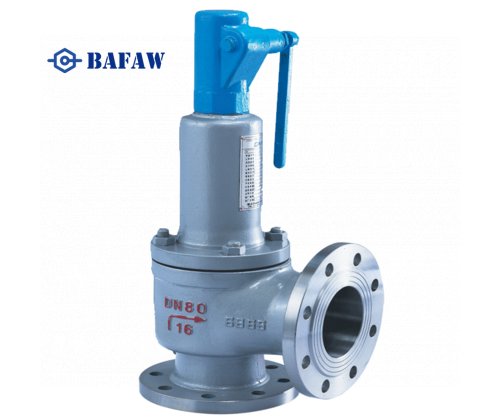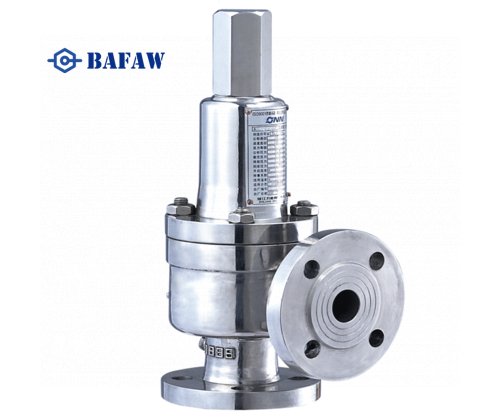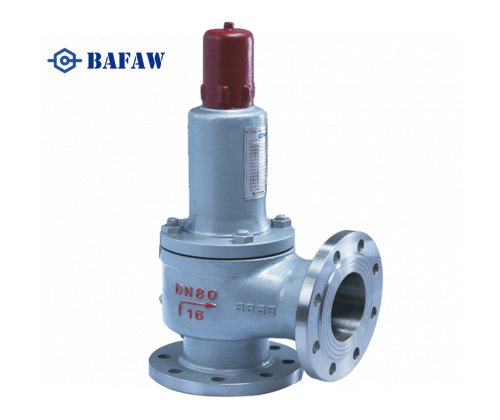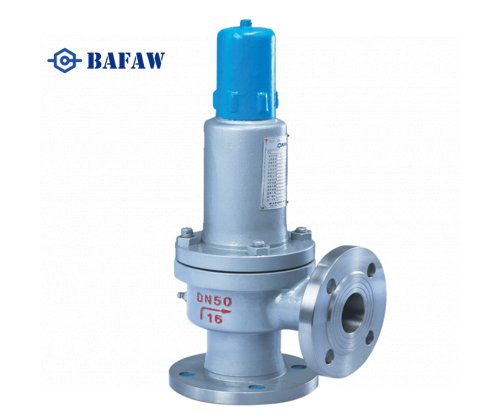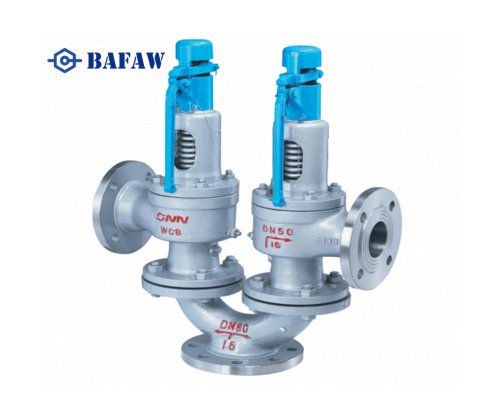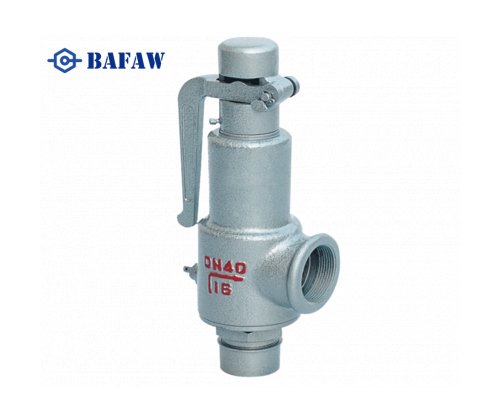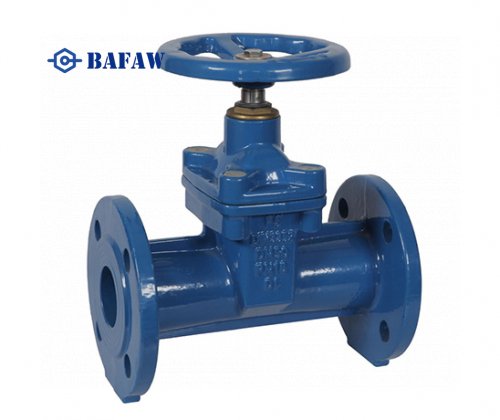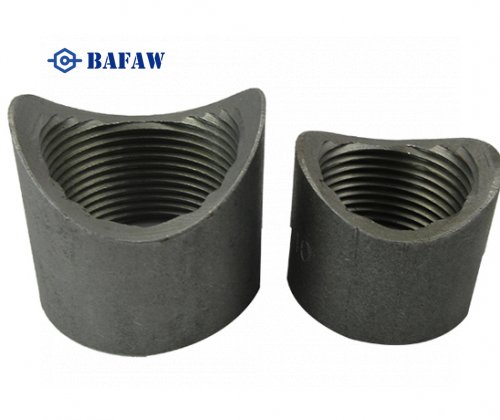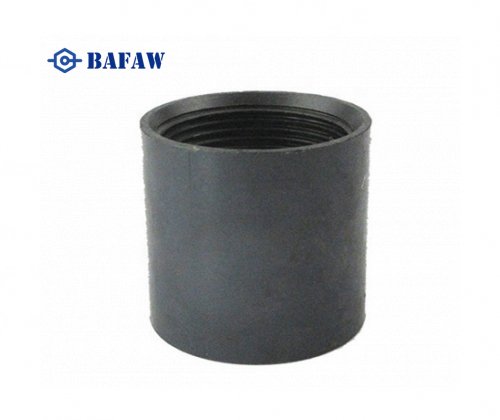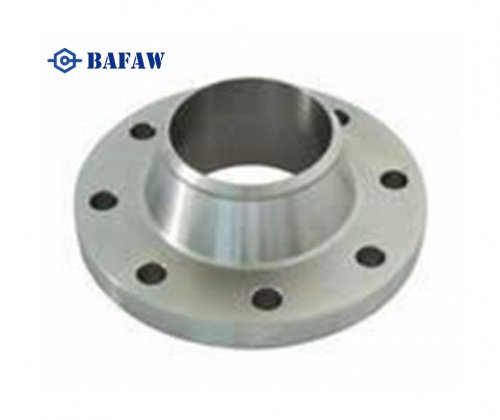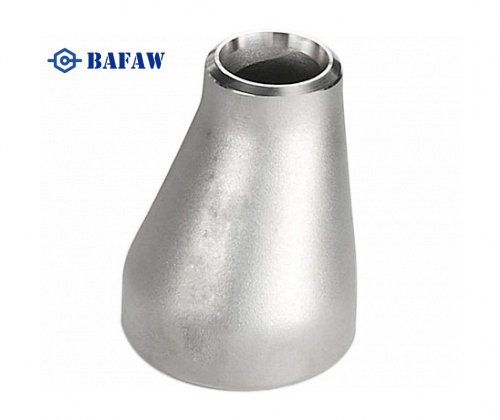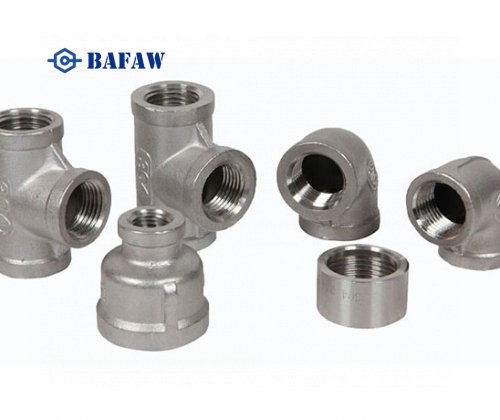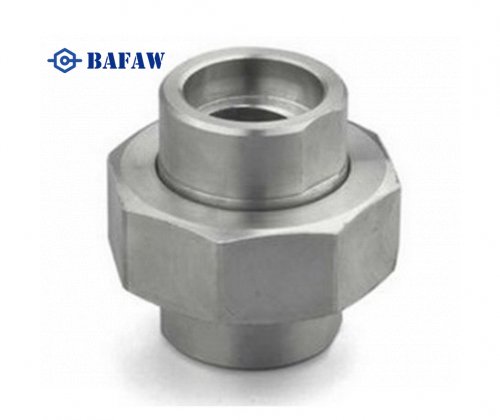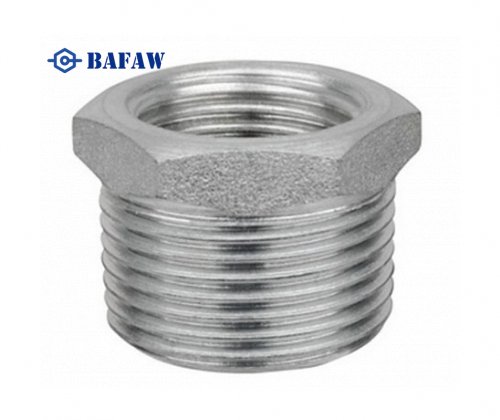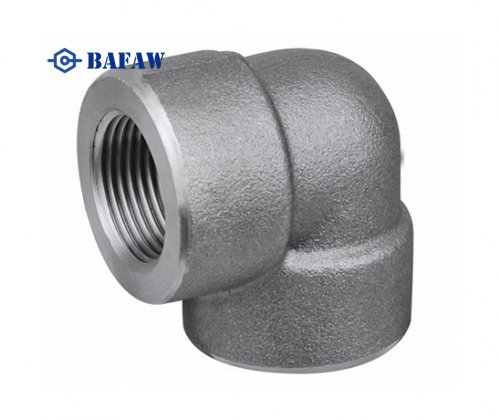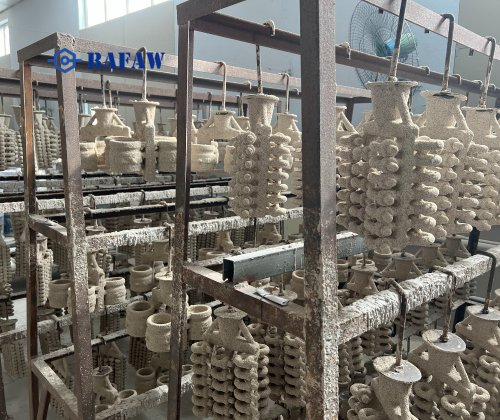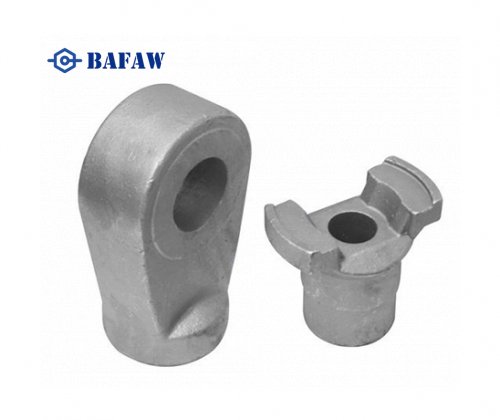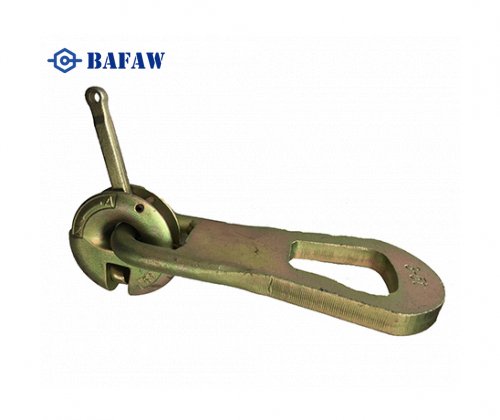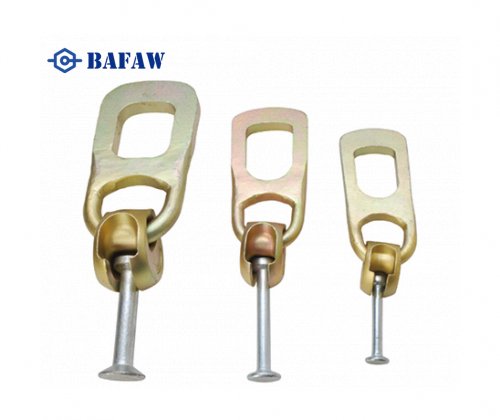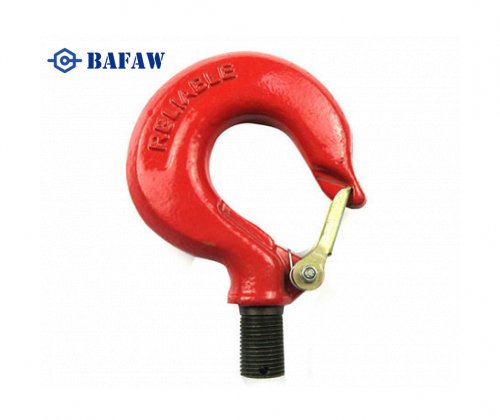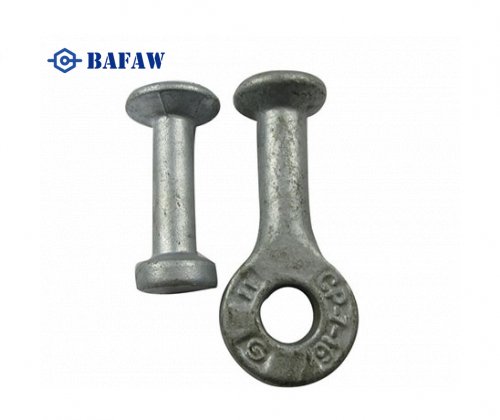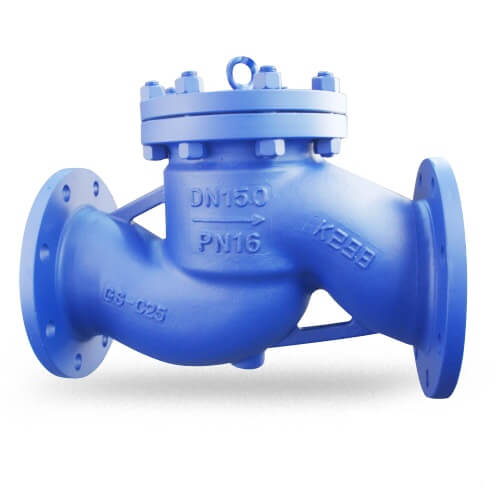From pharmaceuticals to food production, lift check valves are essential in a variety of industries due to their uncomplicated construction and fast acting shut-off feature. Their application reaches much farther into industry and residential applications.
Lift valves are key when a flow of water, steam or gas must only go one way. When you select the valve best suited to your application, you can operate with confidence and assurance. It protects fluids from contaminants and prevents costly system failures.
Industrial Systems: Power & Process
In electricity production facilities and industrial process manufacturing plants, lift check valves work to maintain proper movement of steam and water. They prevent backflow, which protects sensitive pumps and maintains constant pressure.
These valves work exceptionally well in high-flow, high-pressure applications. You’ll see them in chemical plants, oil refineries, and even at food and drug manufacturing facilities.
In runs in pharmaceutical production plants, for instance, they prevent cross-contamination between batches and ensure cleanliness of lines. Yet most of these plants are equipped with angle or Y-type lift check valves.
These configurations enable them to mount the valve in compact areas or unique orientations. This gives engineers the ability to install them in applications where space is limited and flow needs to remain constant.
Plumbing: Protecting Your Water
In plumbing, lift check valves have an obvious purpose—they protect your drinking water from contamination by preventing backflow. This prevents line water contamination from entering clean distribution lines.
Home, multi-family, and large commercial buildings rely on these valves to protect public and consumer water supply and maintain code compliance. Typical locations are on fixtures including water heaters, pumps, and main lines where pressure can fluctuate.
This fast closing action prevents hammer or surge from damaging piping.
Steam, Air, Gas, and Liquids
These valves can be used with steam, air, gas and liquids. This is how they install steam lines in district heating systems.
They are equally at home on air compressors in factories, and pipelines carrying steam, natural gas, or water. Their rugged construction is quite robust.
That straightforward operation makes them an intelligent choice for applications with consistent flow and high velocity requirements!
Why They Excel in Specific Uses
General Guidelines Lift check valves excel in clean systems with laminar and/or steady flow, where a significant high-pressure drop isn’t a concern. Their positive seal and rapid operation outperform other valve types in high speed, high pressure applications.
Choosing the appropriate valve can improve safety, reduce maintenance, and ensure trouble-free operation.

Choosing Your Ideal Lift Valve
It’s certainly more than brand that determines the right check. These valves are ideally suited for clean, constant-flow applications such as water or wastewater transmission lines in urban environments. A better match = less headache and downtime.
Prior to purchase, consider how the valve will interact with the fluid, pipeline, and the requirements of the job overall. Considerations Be sure to consider all specs and features closely.
Match Valve to Fluid Type
What type of fluid is in your system? This should be the most important consideration when selecting a lift valve. Whether it’s clean water, oils, or aggressive chemicals, each medium requires specific valve materials.
For example, potable water lines are usually brass or stainless steel. Conversely, chemical applications may need specific alloys to avoid corrosion. If you select the incorrect valve for a corrosive fluid, it may deteriorate quickly or leak out.
That’s why you should consistently match valve construction to application.
Consider Operating Pressure & Temp
Consider Operating Pressure & Temp. Operating pressure and temperature are two main factors that influence valve life. These valves are typically subjected to pressure 20 bar.
When the valve is unable to withstand the system’s maximum pressure, it becomes compromised. Extreme heat or cold can warp or crack some valves as well.
Choose what your system needs, not what you think guess will work.
Sizing for Optimal Performance
Valve size is directly related to pipeline size—typically 1/2” to 4”. If the valve is undersized, there is an excessive pressure drop, and if it is oversized, there can be leaks or a non-ideal seal.
When considering lift valves, be sure to verify your flow rate and pipe specifications before selecting a lift valve size.
Standards and Certifications Impact
Standards and Certifications Matter. Always, always, always choose valves that have been certified through industry standards. These certifications indicate that the valve has undergone rigorous safety and quality testing.
When you choose certified valves, the chance of breakdowns or failures is considerably reduced.

Smart Installation & Maintenance Tips
Selecting the appropriate lift check valve is important to ensure the safety of the overall system. Installing it the smart way ensures everything runs smoothly for years to come! Intelligent installation and maintenance good planning from the onset, combined with ongoing maintenance, leads to reduced downtime and longer valve lifespan.
Always size and type of valve to your job—if the valve is undersized, pressure will drop and flow will slow. Follow the manufacturers procedures with every installation. A lift check valve performs most favorably in a horizontal straight run. Swing types only fit in one direction, but spring-loaded valves can be used in either direction.
Proper Valve Orientation is Crucial
Proper valve orientation is important, so the valve sits flat and aligns with the pipe. If the valve is out of vertical or rotates when turning on and off, the disc may become stuck or bind up. That misalignment disrupts flow and can lead to leaks or even catastrophic system failure.
As a general rule, to verify you’re doing this correctly, make sure the flow direction arrow on the valve body is pointing in the direction of flow. Apply a 4-foot level and shims as necessary. If you are running systems in any cold climate, particularly Berlin, make sure to look at material limits. Think gunmetal bodies and Teflon seals to accommodate -10 °C to 100 °C temperatures.
Common Failure Points to Watch
Be on the lookout for any signs of leakage at the body or seat, slow close features, or any strange sounds. Both signal worn seals or clogged discs. Rust or debris are normal in older pipes. Monitor for pressure surges or spikes exceeding the valve’s rated maximum.
If this limit, which is typically 16 or 20 bar, is exceeded, the body may crack or the disc bend.
Preventative Upkeep for Longevity
To ensure optimal performance, check valve types should be regularly inspected for leaks, while cleaning the seat and checking for rust twice a year. Installing filters or strainers upstream is crucial to prevent grit from damaging pumps and other equipment.
Troubleshooting Common Issues Fast
Leak: Tighten bolts, change seal
Sticking: Clean or swap disc
Slow close: Check spring or debris
Low flow: Check for clog, right valve size


















